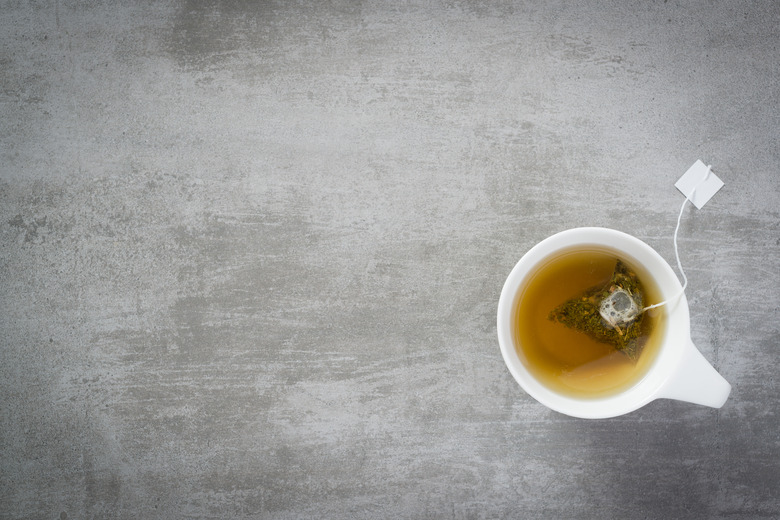Diffusion & Osmosis Lesson Activities
Diffusion and osmosis are somewhat difficult-to-understand scientific concepts that are often best explained through lab activities. In diffusion, matter is dispersed in a way that makes it achieve equal concentration throughout the environment, moving from a higher concentration to a lower concentration. In osmosis, liquid is diffused through a semi-permeable membrane.
Diffusion and Osmosis Animations
Diffusion and Osmosis Animations
Animations are a valuable tool for explaining scientific principles like diffusion and osmosis to students. A valuable activitiy to complete prior to other lab activities is to have students watch videos like McGraw Hill's Osmosis and Diffusion Animations (see References). These brief videos show how molecules are dispersed in a beaker of water in a way that is difficult to see in real life. These videos also include a short list of computer-corrected multiple-choice questions to ensure the basic principles of diffusion and osmosis have been understood.
Tea Bag Activity
Tea Bag Activity
An uncomplicated diffusion and osmosis activity can be completed using a tea bag, warm water and a preferably clear container. Simply place the tea bag and warm water in the container, and observe what happens. Ask students to explain what happens using the proper vocabulary. Essentially, water flows (osmosis) through the tea bag (the permeable membrane) and the tea leaves dissolve (diffuse) throughout the water, turning the water brown The water also flows into the tea bag, seeking equal concentration.
Balloon & Extract—Scent Diffusion
Balloon & Extract—Scent Diffusion
Explain to students that diffusion and osmosis don't just occur in large amounts of liquid with a simple activity demonstrating scent diffusion. Pour several drops of a strongly scented liquid extract—like vanilla, lemon or mint—into a deflated balloon. Blow up the balloon slightly, tie off the end and put it into a box. Close the lid of the box and tape it shut. Let the box rest for a few minutes, then open one side of the box and ask students to sniff inside it. Explain that they can smell the scent—even though it was inside the balloon—because the scent vapors osmote through tiny holes in the surface of the balloon. The inside of the box remains dry, however, because the liquid molecules are too large for the membrane.
Gummy Bear Osmosis
Gummy Bear Osmosis
Begin this activity by giving each student a gummy bear and instructing them to measure its height and width with a ruler, and its mass with a triple beam balance. Fill a beaker with distilled water, place the gummy bear in it, and set it aside for 24 hours. Remove the bear carefully—due to the stretching of its membrane, it will be very fragile—and remeasure. The bear will have absorbed water through its gummy membrane, making it larger. If you then soak the bear in salt water, it will shrink, as the bear absorbs salt and diffuses the water.
Cite This Article
MLA
Rogge, Rebecca. "Diffusion & Osmosis Lesson Activities" sciencing.com, https://www.sciencing.com/diffusion-osmosis-lesson-activities-8609725/. 13 March 2018.
APA
Rogge, Rebecca. (2018, March 13). Diffusion & Osmosis Lesson Activities. sciencing.com. Retrieved from https://www.sciencing.com/diffusion-osmosis-lesson-activities-8609725/
Chicago
Rogge, Rebecca. Diffusion & Osmosis Lesson Activities last modified March 24, 2022. https://www.sciencing.com/diffusion-osmosis-lesson-activities-8609725/
